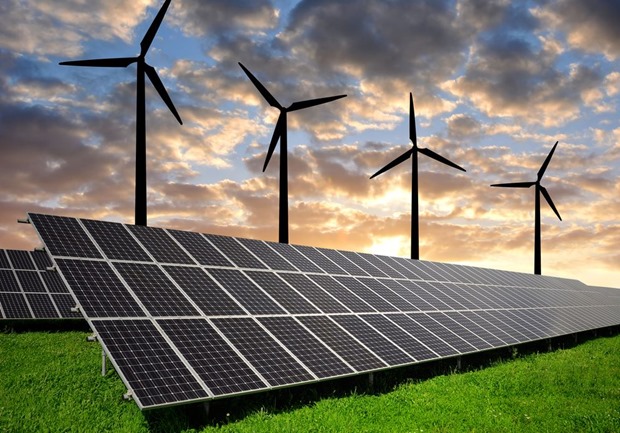Can Delhi Metro Provide The Next Big Breakthrough In Generating Wind Energy?

One day, a group of students from Kalindi College in Delhi were waiting for their next metro train in an underground station. As soon as the train comes in or leave, a heavy gust of wind blows out, which made these students think hard: Can this wind be used to generate energy?
A 10 student team from Physics and Computer Science department contacted their college, and under the mentorship of Dr Punita Verma they proposed this idea to Delhi Metro which approved this project. The team has also received a grant of Rs 15 lakh from Delhi University to take this project forward.
Modus Operandi
This student team asked Delhi Metro to conduct an experiment, wherein a turbine was required to be installed. Chandni Chowk Metro station, which is one among the deepest underground stations in Delhi was chosen for this research. As per their observation, the maximum wind velocity is reported at the mouth of the tunnel, among the underground tracks, where winds due to movement of trains can blow at a velocity of 6.5 m/s.
As per Dr. Punita, they installed a “three-blade turbine and a five-blade light rotor turbine with a cut-in speed of less than 1.5 m/s as part of the first phase”. It was then connected with a battery and they measured the power which was being generated via wind.
And the results are encouraging.
The Way Ahead
As different metro stations have different construction style and slopes, the same turbines cannot be used everywhere. The team has now roped in Delhi Metro engineers, and testing out different turbines in different metro stations as per the frequency of the trains.
They need to make sure that the running of trains is not disturbed and there are no safety hazards.
As soon as DMRC approves the design and the framework of this wind based energy generation system, then different manufacturing firms would be contacted to mass produce the turbines and make it really feasible.
As per calculations made by this team, a single turbine can generate close to 200 watts per hour; and in case wind energy is able to generate 3 kilo watts of electricity per hour, it will result in saving 448 trees from being cut.
Push for Alternative Source of Energy in India
Right from the day PM Modi took over as India’s 15th PM, he has been pushing hard for decreasing dependence on traditional energy and increasing alternative energy sources. In June last year, Indian Govt. invited bids to generate 20,000 MW of power from solar energy by 2022, and work has been initiated on war-footing.
While announcing the Union Budget for 2015-16, Govt. increased the target of generating renewable & alternative energy to 1,75,000 MW. In the recently concluded Renewable Energy Global Investors Meet (RE-Invest) earlier this year, PM Modi talked about the “7 horses of energy”, wherein India has only focused on thermal, gas, hydro, and nuclear power till now; and now, the efforts should be shifted to solar, wind, and biogas.
Even after 67 years of Independence, 70% of all energy produced in India is using coal, which not only increases pollution, but also proves costly. And, 40 crore Indians are still without any form of electricity.
We are still way behind countries like Denmark where 40% of all energy is produced by wind, and China, which produced almost half of all solar energy produced globally.
This experiment and research being conducted by young Delhi University students is the right step, at the right time.

[…] Can Delhi Metro Provide The Next Big Breakthrough In Generating Wind Energy? […]
How much wind velocity a train can generate? A moving train passes by a spot in a flash. The wind velocity it generates is for a few seconds only. Is that sufficient to generate this much power? Besides, the wind velocity is being generated by the electricity used to run the train. So, somewhere the coal is being burned to power these wind power generators.